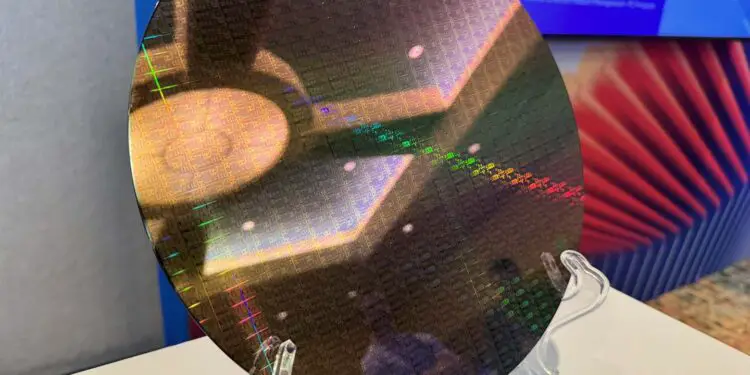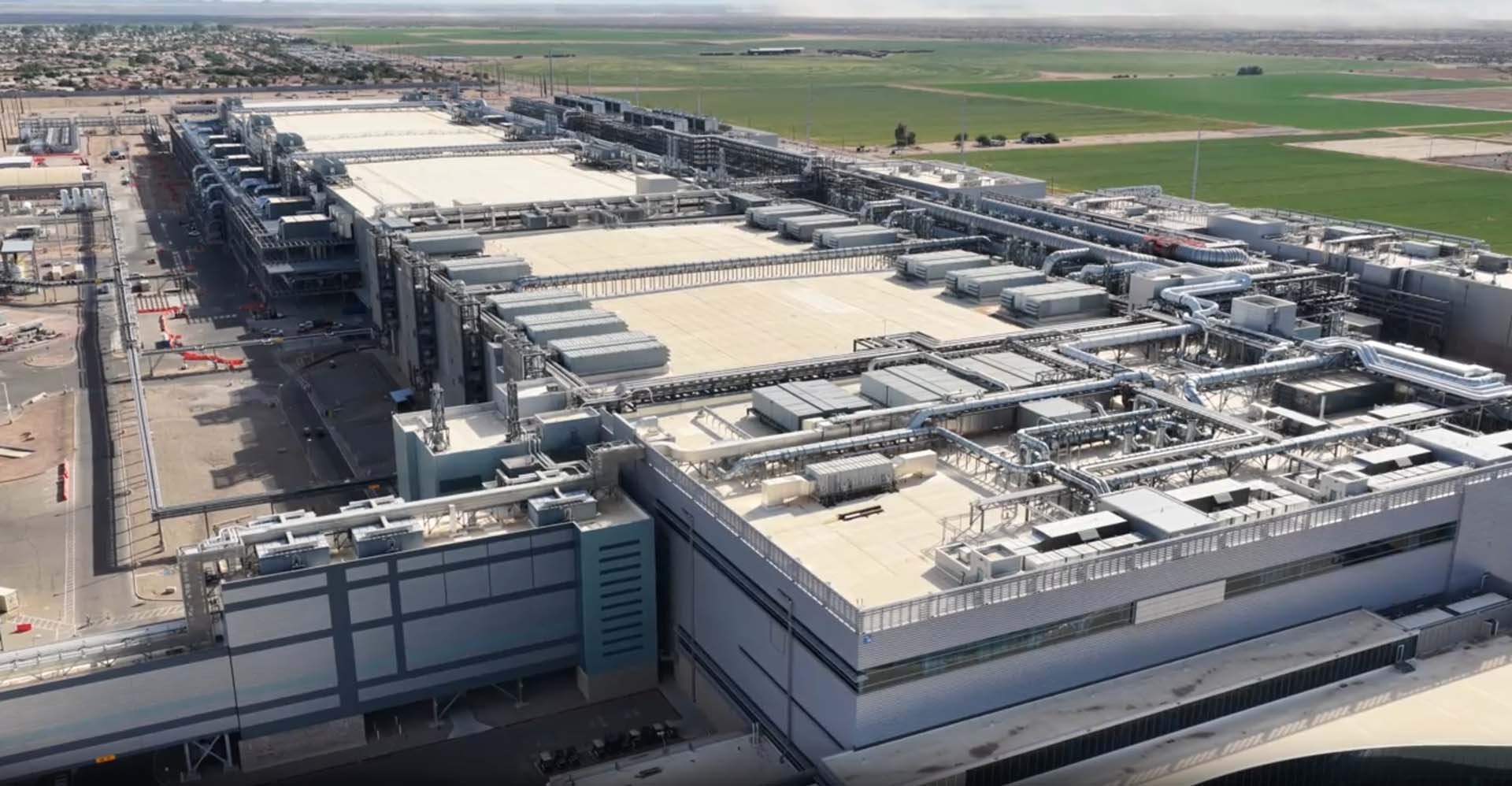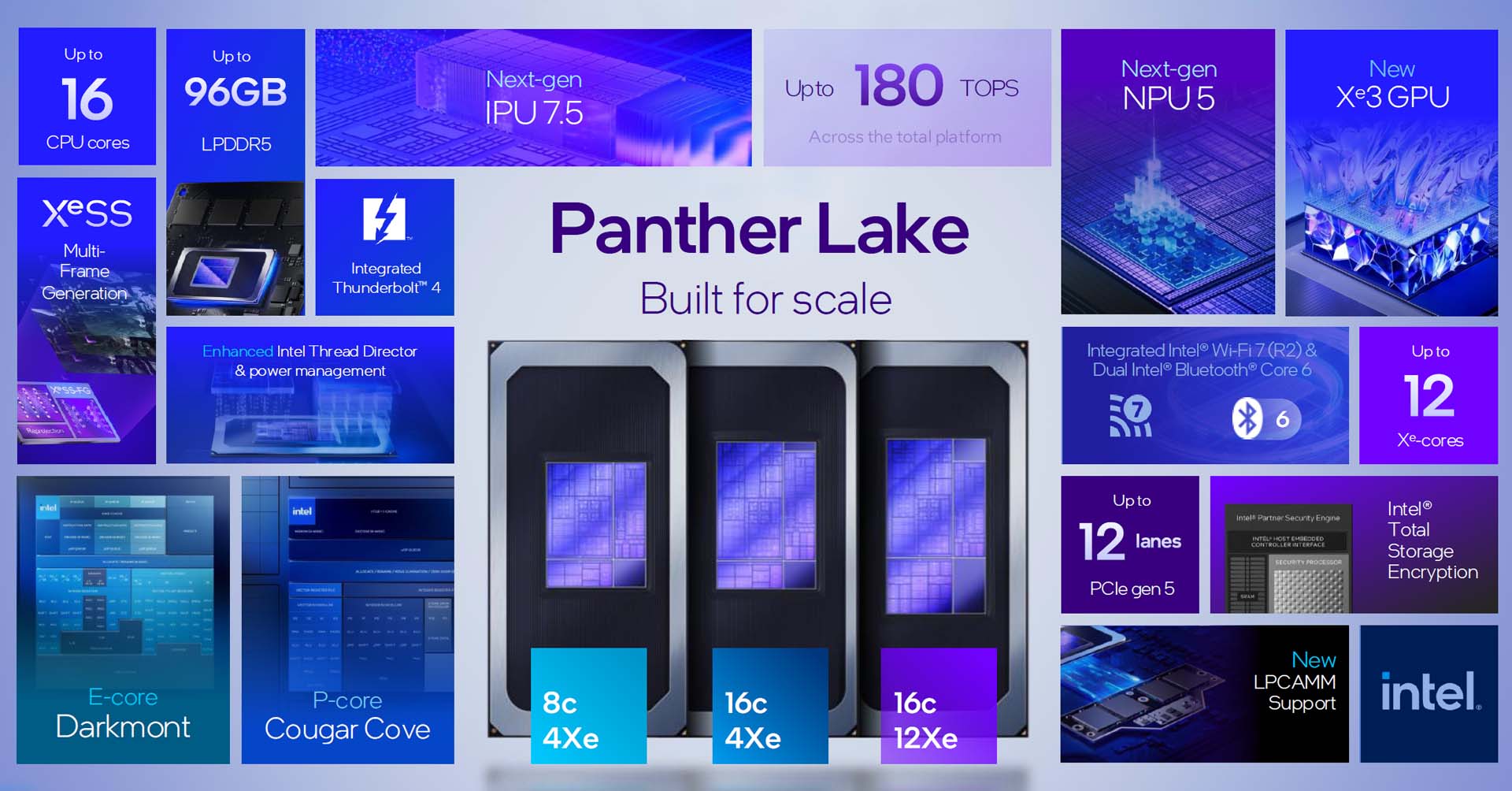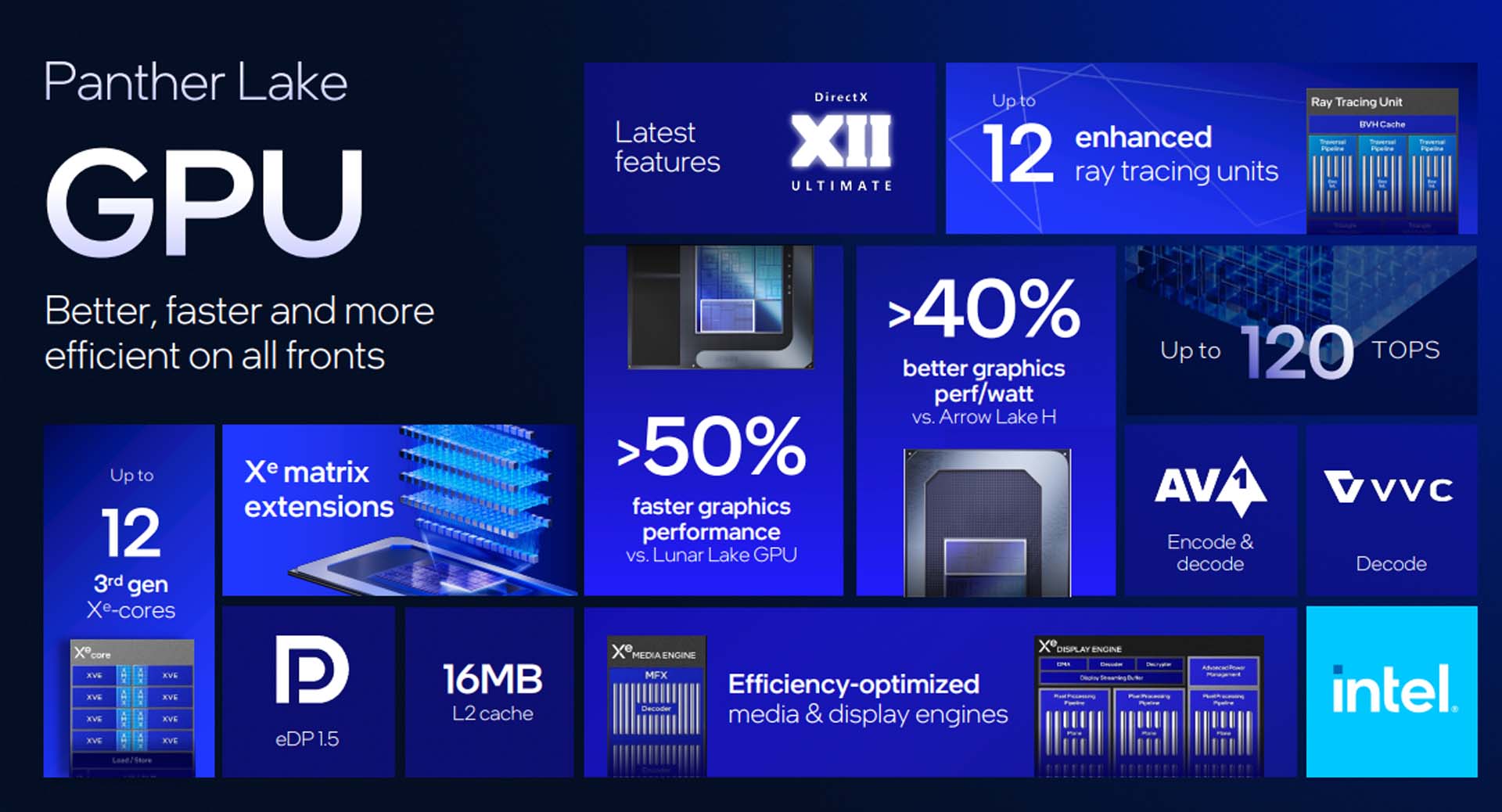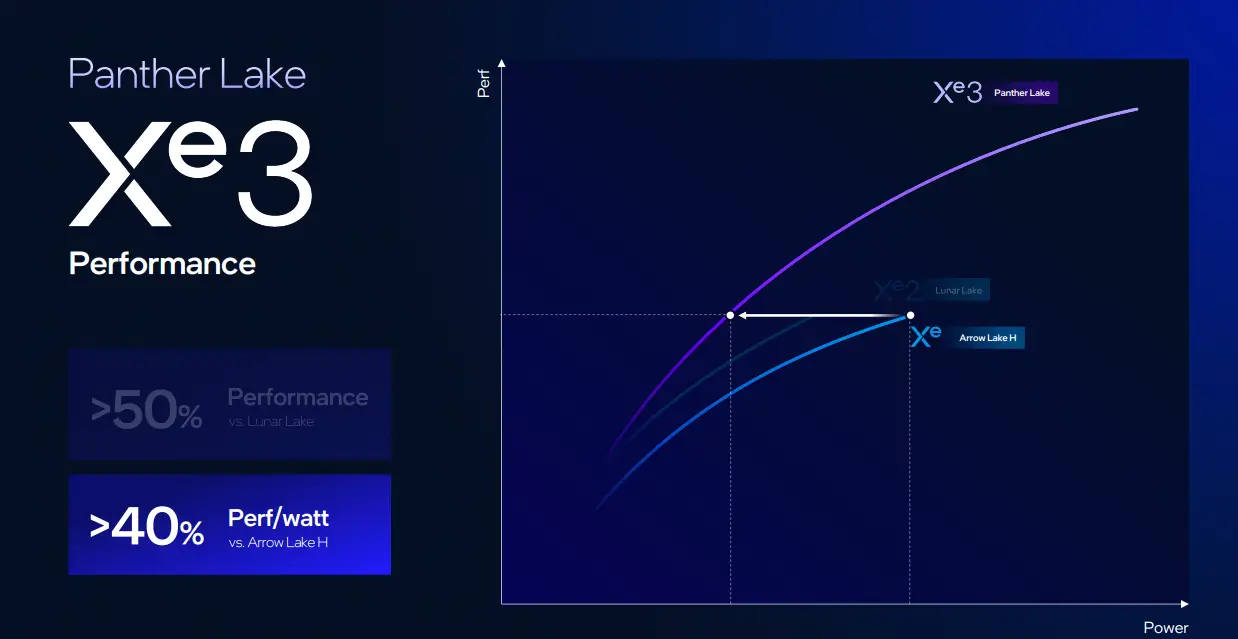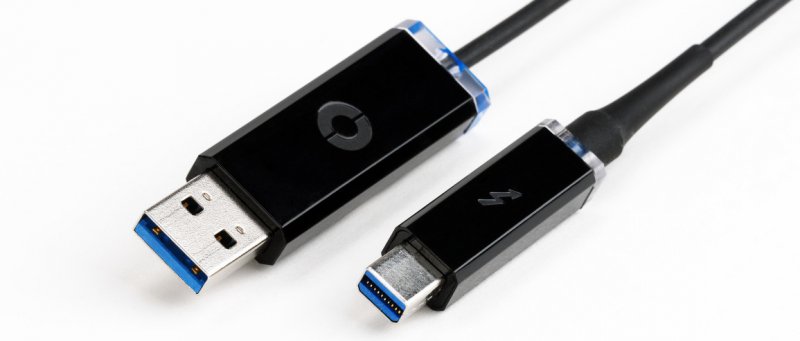When Intel talks about being “back,” they mean it. At this year’s Intel Tech Tour 2025 in Arizona, we saw it firsthand. Intel opened the doors to Fab 52, home of its new 18A process, and pulled the curtain off its next-generation architecture, Panther Lake.
We were on site to see Fab 52, the new home of Intel’s cutting-edge 18A process, and to witness the unveiling of Panther Lake, the company’s next big step in AI and efficiency-first computing. What we saw wasn’t just impressive. It was the future of Intel, built right on American soil.
Inside the Fab 52 Experience
Fab 52 is massive, precise, and alive with movement. Robots glide above sealed corridors, carrying wafer pods through pristine air while engineers monitor a wall of data. It is where silicon meets science fiction.
Intel began operations in Arizona back in 1979, and over forty years later, this site has grown into a one-square-mile powerhouse of modern chipmaking. The company has poured over 50 billion dollars into Arizona, and it shows.
Building Fab 52 took years of effort and an unbelievable amount of material. Over a million cubic meters of soil were moved. More than half a million cubic meters of concrete were poured. The steel structure weighs more than five Eiffel Towers. Yet behind the scale lies a strong focus on sustainability.
Intel’s Ocotillo Brine Reduction Facility recycles nine million gallons of water every single day, helping make the company water-positive in Arizona. It is rare to see industrial muscle and environmental responsibility working this closely together, but Intel made it part of the design from the start.
“Fab 52 isn’t just where chips are made — it’s where Intel’s comeback is being built.”
Panther Lake Unpacked
Panther Lake is the first full architecture built entirely on Intel’s 18A process, the company’s most advanced node ever. It continues the modular approach started with Lunar Lake but raises the bar for scalability and efficiency.
The design uses Foveros S packaging, a 2.5D technology that connects separate compute, graphics, and platform controller tiles through a unified interconnect called Scalable Fabric Gen 2. The goal is flexibility. One package can scale across multiple product tiers from lightweight ultrabooks to high-performance mobile workstations.
Panther Lake configurations will include eight-core, sixteen-core, and sixteen-core with twelve Xe-core models. The architecture can scale performance, power, and graphics without redesigning the base structure. It is a smarter way to build silicon that fits modern AI and gaming workloads.
New Cores and Smarter Scheduling
At the center of Panther Lake are two brand-new cores: Cougar Cove performance cores and Darkmont efficiency cores. Both were designed from the ground up for 18A, focusing on higher instructions per cycle and tighter power control.
Intel claims up to ten percent better single-threaded performance and fifty percent better multi-threaded performance at the same power. That translates to faster bursts, smoother sustained loads, and cooler operation under pressure.
The updated Intel Thread Director now delivers real-time scheduling feedback directly to the SoC. The system balances tasks intelligently across P-cores and E-cores for better responsiveness, whether on AC or battery, across Windows, Chrome, and Linux.
AI and Graphics Take Center Stage
This generation takes AI performance seriously. The new NPU 5 can deliver up to 50 trillion operations per second, roughly triple what Lunar Lake could achieve. It is small, efficient, and ready for the new wave of AI workloads in both consumer and professional devices.
The Xe3 GPU expands graphics capability with up to twelve Xe cores and twelve ray tracing units. Intel says it offers around forty percent better performance per area compared to the previous generation. The jump in efficiency means smoother gaming, better rendering, and stronger content creation performance without relying on discrete GPUs for mainstream users.
The IPU 7.5 brings a new layer of camera intelligence, offering AI-powered tone mapping, noise reduction, and real-time HDR support. These are small touches that make a big difference for creators and streamers.
Connectivity is also modern across the board with Wi-Fi 7 (R2), Bluetooth Core 6, and Thunderbolt 5 all integrated at the platform level.
“Panther Lake is the first Intel platform that feels built for AI from the ground up.”
Memory and Platform Options
Panther Lake supports LPDDR5X up to 9600 MT/s and DDR5 up to 7200 MT/s. Intel also introduced LPCAMM memory modules to give OEMs more freedom in performance tuning and system layout.
All platform I/O lives on the controller tile, simplifying motherboard design while increasing flexibility for manufacturers. It is cleaner, more efficient, and makes future product scaling easier.
Efficiency Is the Real Headline
Intel’s biggest message this year is simple: efficiency is the new performance. Every metric, from compute to graphics, focuses on doing more with less.
Internal data shows Panther Lake achieving up to forty percent lower power consumption at the same performance level compared to previous generations. It is the kind of progress that matters in real-world workloads: smoother multitasking, quieter cooling, and longer battery life.
Final Thoughts
Walking through Fab 52 and then seeing Panther Lake revealed just steps away from where it will be built felt like a turning point. This wasn’t the Intel of cautious roadmaps and small updates. This was bold, confident Intel designing, manufacturing, and delivering from its own soil.
Panther Lake brings together architecture, packaging, and process technology in a way that feels unified and deliberate. It is efficient, scalable, and smartly designed for the AI-driven era ahead.
“Panther Lake isn’t just another chip. It’s Intel proving that leadership is earned, not claimed.”
For those who have followed Intel’s journey over the last decade, this launch feels different. The ambition is back, the engineering is sharper, and the silicon speaks for itself.
